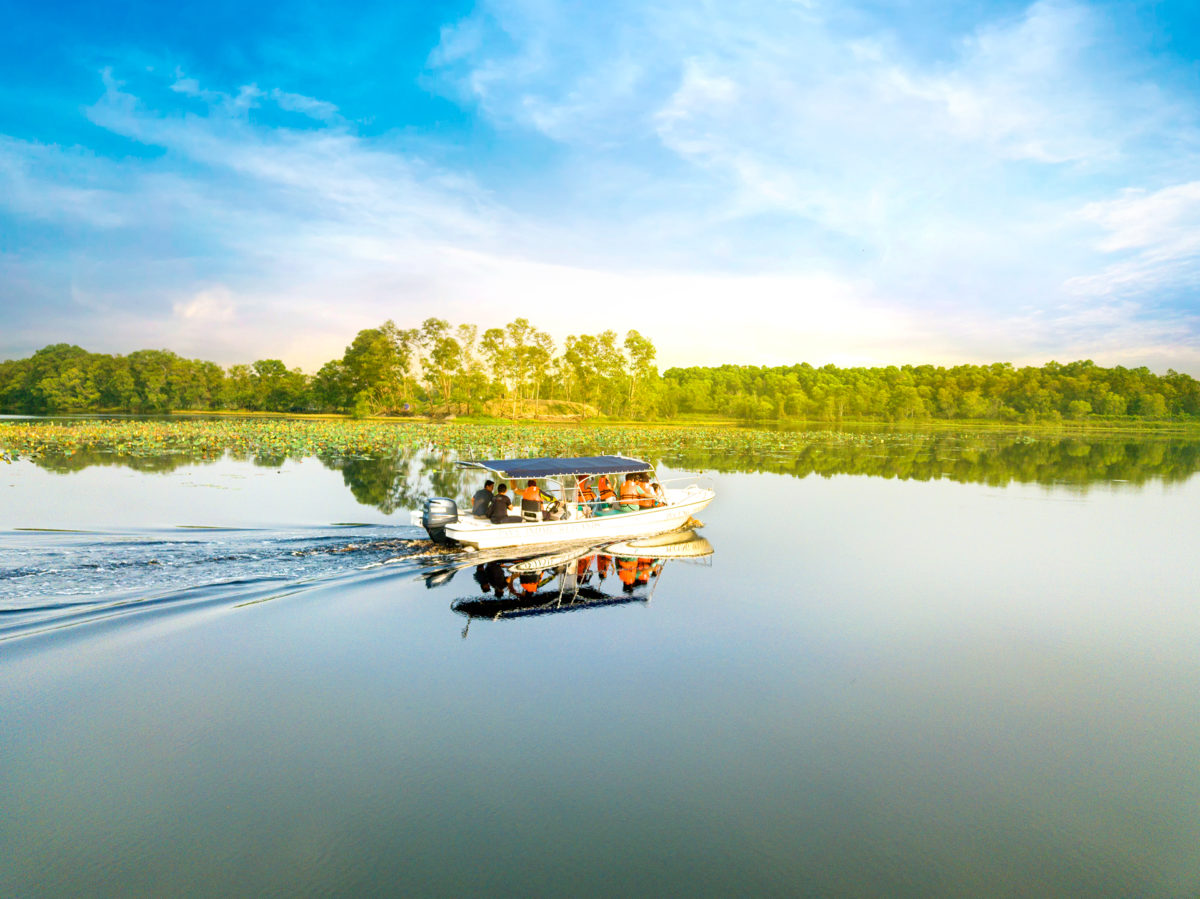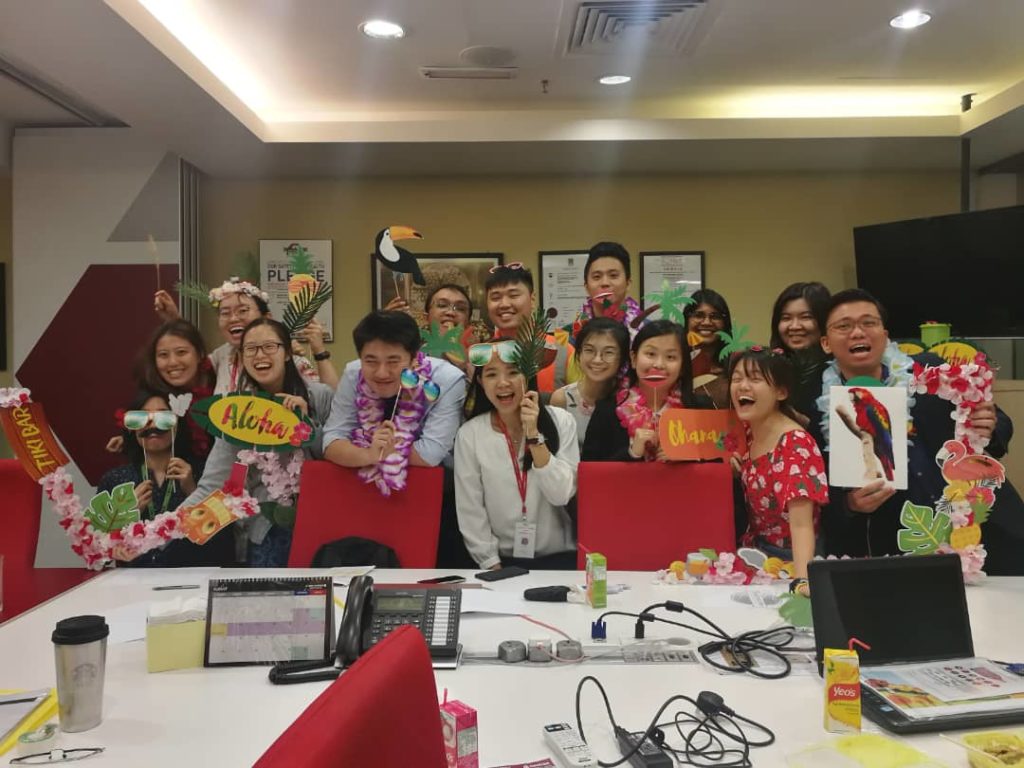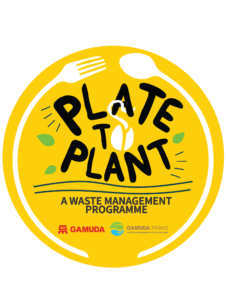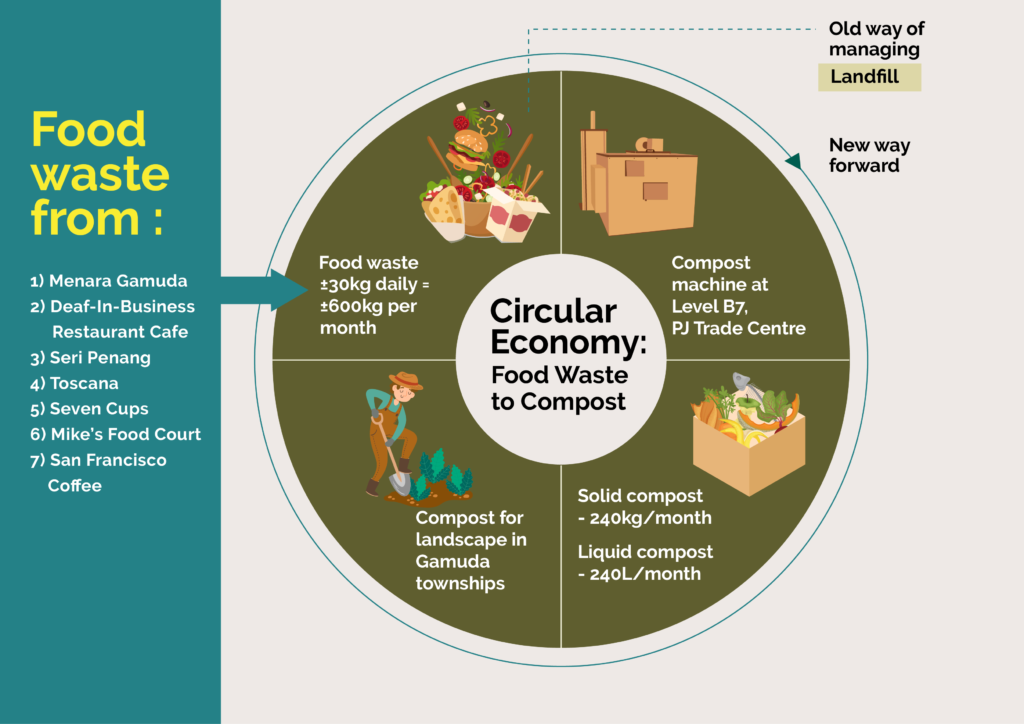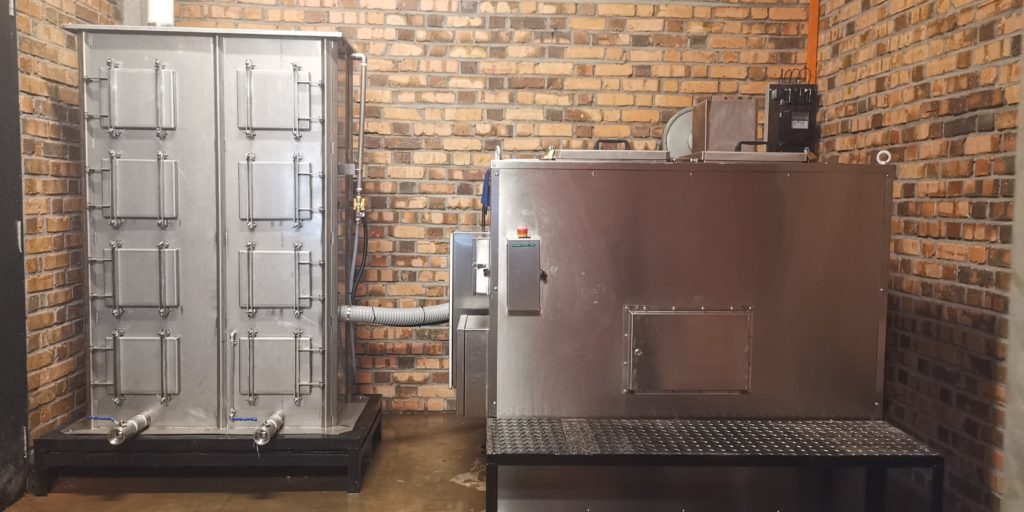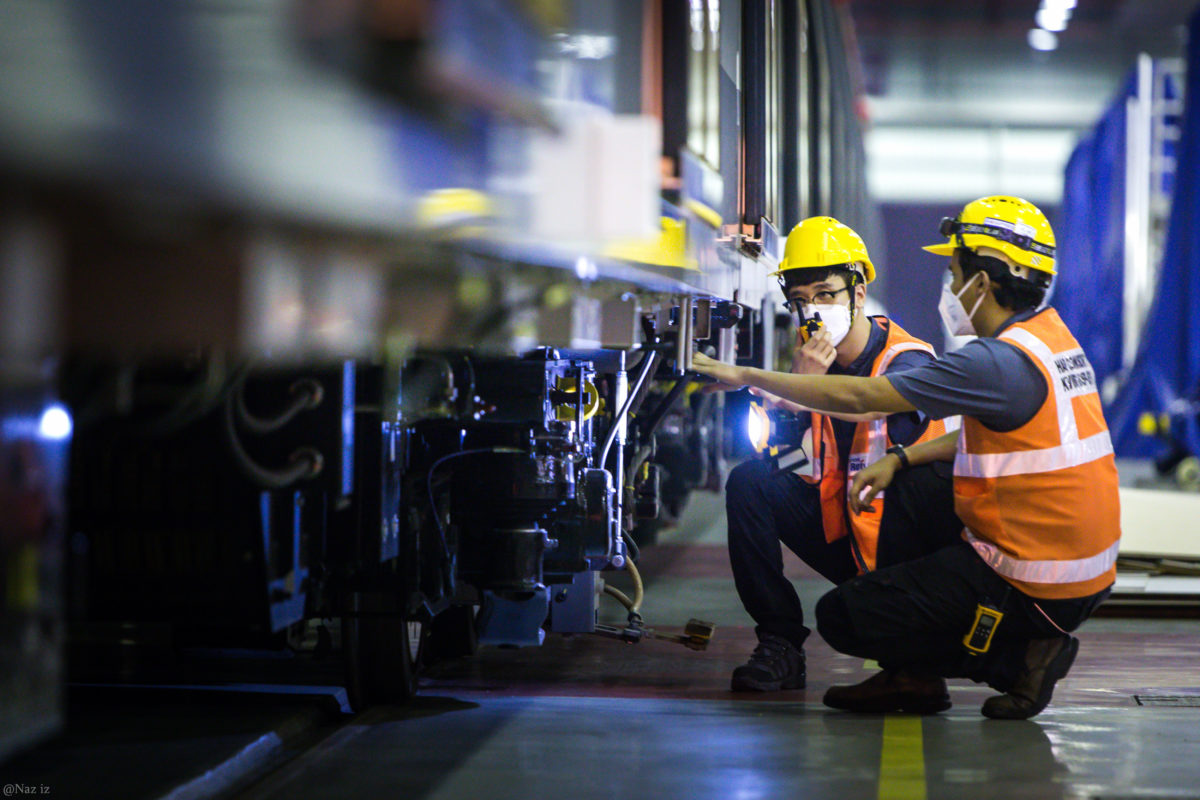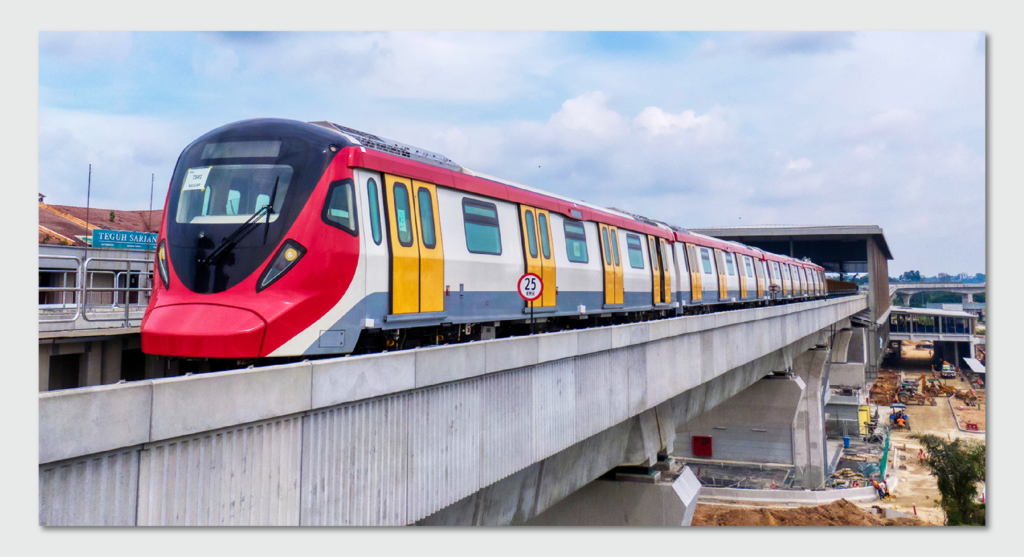ARCHIVE: September 2020
DisCOVEr Paya Indah Discovery Wetlands
Nadia Zuraida
Worldwide travel restriction, coupled with a prevailing apprehension towards travelling in light of the COVID-19 pandemic, has certainly put a strain on tourism operators throughout the country.
Domestic tourism, or commonly known as Cuti-Cuti Malaysia, has therefore become an integral element that could fill the void and consequently translate into spurring the country’s economy forward.
To this end, Malaysians can be an important catalyst for local tourism by playing tourist on home ground.
While exploring local attractions for potential family holiday and weekend hangout, many are beginning to discover the countless unique and breathtaking local tourism spots that Malaysia has to offer.
Home to a nature sanctuary and experiential activities, one should not miss the Paya Indah Discovery Wetlands at Gamuda Cove.
Paya Indah Discovery Wetlands
A hidden gem located next to our township, Gamuda Cove, many are rediscovering the majestic beauty of this lush and rustic wetlands just 30-minute from the city.
Spanning across 1,111 acres of lush greenery, 14 lakes, swamps and tropical forests, the Paya Indah Discovery Wetlands is teeming with biodiversity – 142 aquatic plants and animals, 40 types of fish, 23 types of mammals, 225 bird species, and 220 types of terrestrial plants and herbs.
To ensure the community enjoys an enhanced quality of life, Gamuda Land has put in conscious efforts into reviving the area to reflect its natural surroundings and create a nature sanctuary.
From small squirrels to enormous crocodiles and shy critters, there is something rare to see with every visit.
There is also fun for both the seasoned adventurers and young explorers as Paya Indah Discovery Wetlands offers an educational nature trail, called the Jungle School programme. Participants can go on an adventure in a safari truck into the wetlands, and even get up close with the Nile Hippopotamus, crocodiles, Khaki Campbells, porcupines, tortoises and terrapins.
For adventure-seekers and nature-lovers, stay tuned for upcoming eco-tourism activities which include horse riding, fishing, cycling, bird watching, boat cruises, hot air balloon rides, nature trekking and camping.
The Paya Indah Discovery Wetlands can be easily accessed via the ELITE highway, exit 607A. It opens daily from 8.30am to 5.30pm, except on Tuesdays.
To participate in the Jungle School Programme, purchase the tickets via https://kidxy.com/discoverywetlands


